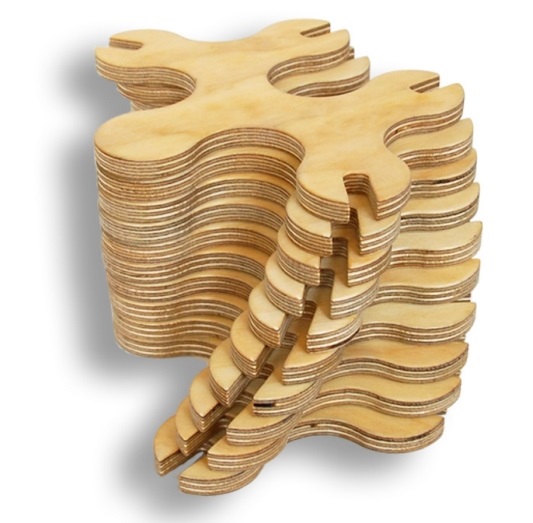 This is no Sherlock Holmes mystery, but the idea is elementary.
This is no Sherlock Holmes mystery, but the idea is elementary. In my last post, CAD/CAM and connection to CNC machines was discussed. As powerful as that solution may be - even when everything is well implemented, the whole system is still an island.
| Hear Mick Peters on July 18 |
| LEARN MORE & REGISTER |
Let’s say that you value engineering, CNC code, and production data so much that we call those activities 70% of the total. The cost of the other disconnected 30% is still huge.
In presentations I always like to use a simple process flowchart that represents the major activities in a typical engineer-to-order business, from bidding through financials.
Flowcharts are nice, but they fail to convey the full cost of disconnected data. These are bits of data that will be entered into one system, only to be re-entered into at least one other system. And when the “system” also includes spreadsheets, islands and delays multiply.
The costs of these disconnected processes may be well hidden, but they are large none the less. One reason it is difficult to put an accurate value on this problem is we often fail to see the full range of effects that ripple through the entire company.
It is not simply the value of the wasted minutes, but the total impact of that inefficient process.
Looking only at the cost per unit of time, data re-entry seems like a small problem. But what if those minutes were added to Karen’s workload? She is the only person that does {whatever} … and while processing an order she will re-enter names, addresses, item numbers, and so on before work can begin.
Next, think about all of the places where these disconnections add time to processes. Don’t forget to include copying and updating spreadsheet data, because the majority of spreadsheets would be unnecessary with a fully integrated system. Document management is one more integration tool that also reduces copying, and going paperless really helps when there are change orders and revisions.
Those added minutes have become very costly waste in the critical path to the ship date. If your company normally has abundant lead time with every order, then maybe this is not a big deal, but for most manufacturers, lead time is precious.
Over the years I have often heard managers tell me that, although it would be great to have everything fully integrated, their current engineering/manufacturing system does the most critical stuff. Yes, we have to add a few more salaried employees to handle the data entry.
So maybe achieving 70% process integration is good enough for now…yeah, like a passing grade is as good as an A! What would it be worth to get closer to 100%?
Mick Peters will address the Woodworking Network Leadership Forum on July 18, the day before the 2017 AWFS Fair, at the Las Vegas Convention Center.







Have something to say? Share your thoughts with us in the comments below.